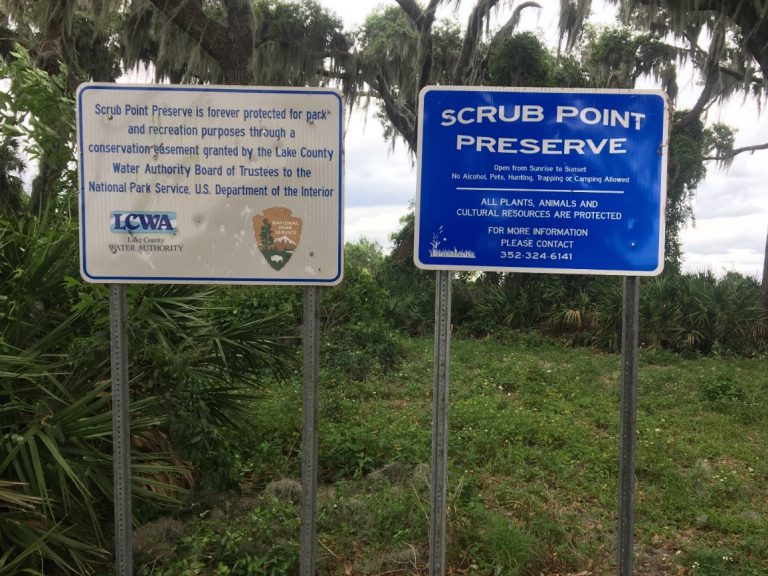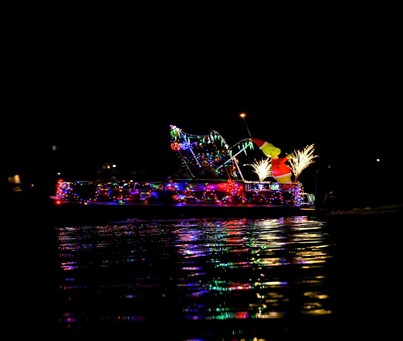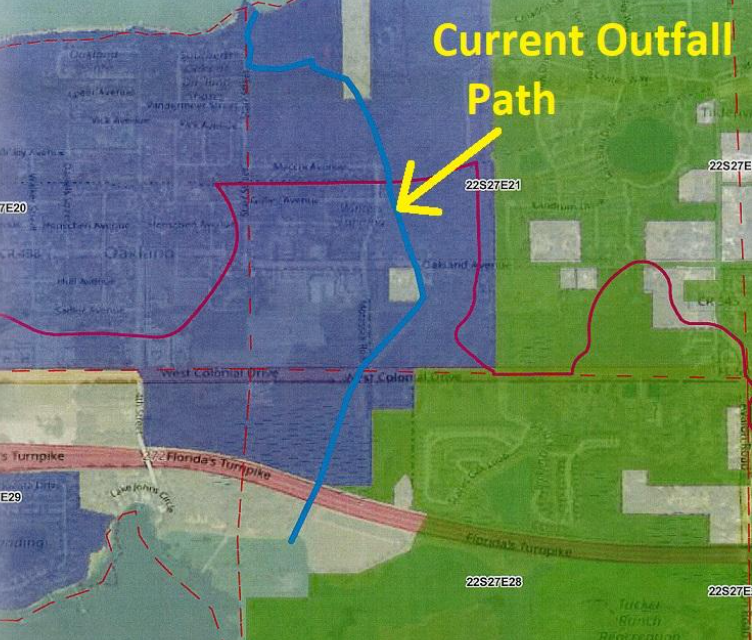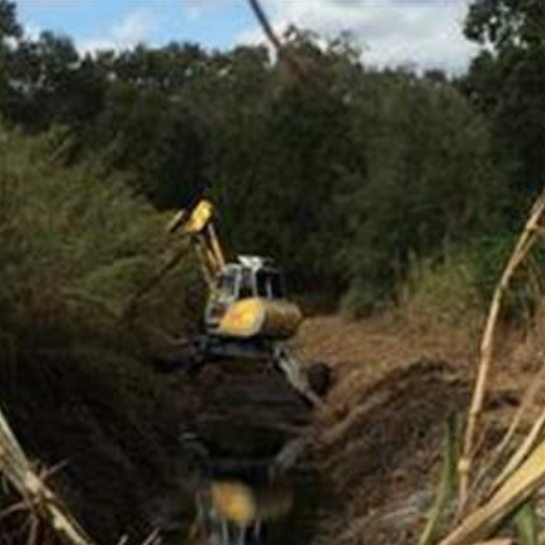Thus, a study by a professional engineering company was commissioned to build consensus and have a workable plan going forward to maintain Johns Lake and protect the interests of all involved. The timing of this is critical with several large land tracts south of Hwy 50 for sale, the area is subject to development/growth. This study is likewise critical to the residents of the lake to ensure water levels don’t become dangerously high during wet season storms/high water and that the lake doesn’t get too low.
On August 7, 2019 the Johns Lake Outfall Study Kickoff Meeting was held at the Orange County Public Works Storm Water Building. Purpose of the meeting was to facilitate data needs with the Town of Oakland, communicate project objectives, and obtain feedback from both the Town of Oakland and Johns Lake Improvement Association (JLIA). Handouts and exhibits provided for discussion included an agenda and GIS map of the study area. The following provides a summary of the discussion.
The objective of the meeting was to discuss the ultimate project objective, which is to provide the Town with a conceptual, implementable design alternative to help manage lake levels and flow out of Johns Lake, Lake Tilden, and Black Lake and alleviate local flooding. CDM Smith was selected to complete the data compilation effort of the current project phase, Task 1 Watershed Assessment. The focus is on the primary storm water system of the interconnected Johns Lake, Lake Tilden, and Black Lake and their outfall to Lake Apopka.
Town of Oakland Town Manager Stephen Koontz noted the concern over the Town’s ability to maintain the outfall “ditch”, especially as it is primarily on private property. Currently maintenance of the ditch is done by obtaining individual access agreements from each property owner. Stephen also noted that ultimately the Town would like to determine whether any additional requirements should be included in their development codes to ensure no adverse impacts to the system from future development. Potential for joint agreements with neighboring municipalities and public agencies was discussed. City of Winter Garden may be a potential partner in maintaining the outfall canal. SJRWMD may be a potential partner if the project can provide some water quality benefits as Lake Apopka is an impaired waterbody.
It was noted that fluctuation in lake levels is an important aspect for preserving habitats surrounding the lake. The conceptual design should consider this as it will likely be a concern for FWC. It was unknown whether there are any endangered species within the vicinity of Johns Lake. Johns Lake Improvement Association (JLIA) noted that grass carp are stocked in Johns Lake, but these fish cannot enter Lake Apopka. They are currently physically restricted from traveling into Lake Apopka due to the impediment of the control structure. Conceptual alternatives should maintain this restriction. Town of Oakland Public Works Director Michael Parker will be the contact for coordinating field reconnaissance efforts within the Town of Oakland. JLIA noted that structural flooding is not frequent though there have been instances during the 2004 hurricane season where structure flooding was reported. Piers and docks are frequently underwater. Michael Parker noted that the marsh land around Johns Lake has been dredged a few times and may be considered in the conceptual alternatives.
County Road 455 is currently under a PD&E (Planning Design & Engineering/Evaluation) to evaluate a potential design of extending the roadway and widening it to 4-lanes near the west end of the lake in Lake County and drainage from this roadway should be considered. Future progress meetings will include a meeting to discuss model results and a meeting to discuss the conceptual alternatives. A public meeting will also be held later in the project life to discuss the alternatives.
Conclusion
This study is an exciting development as it will establish a means to justify budget and create design standards to keep Johns Lake a pristine body of water and a desirable place to live. It will ensure that property values are maintained and environmental issues are addressed with a comprehensive approach.
Johns Lake Improvement Association will continue to liaison and maintain close contact with the stakeholders and monitor the study as the process evolves. Residents can be assured that future newsletters will contain important information concerning this topic as things move forward.











